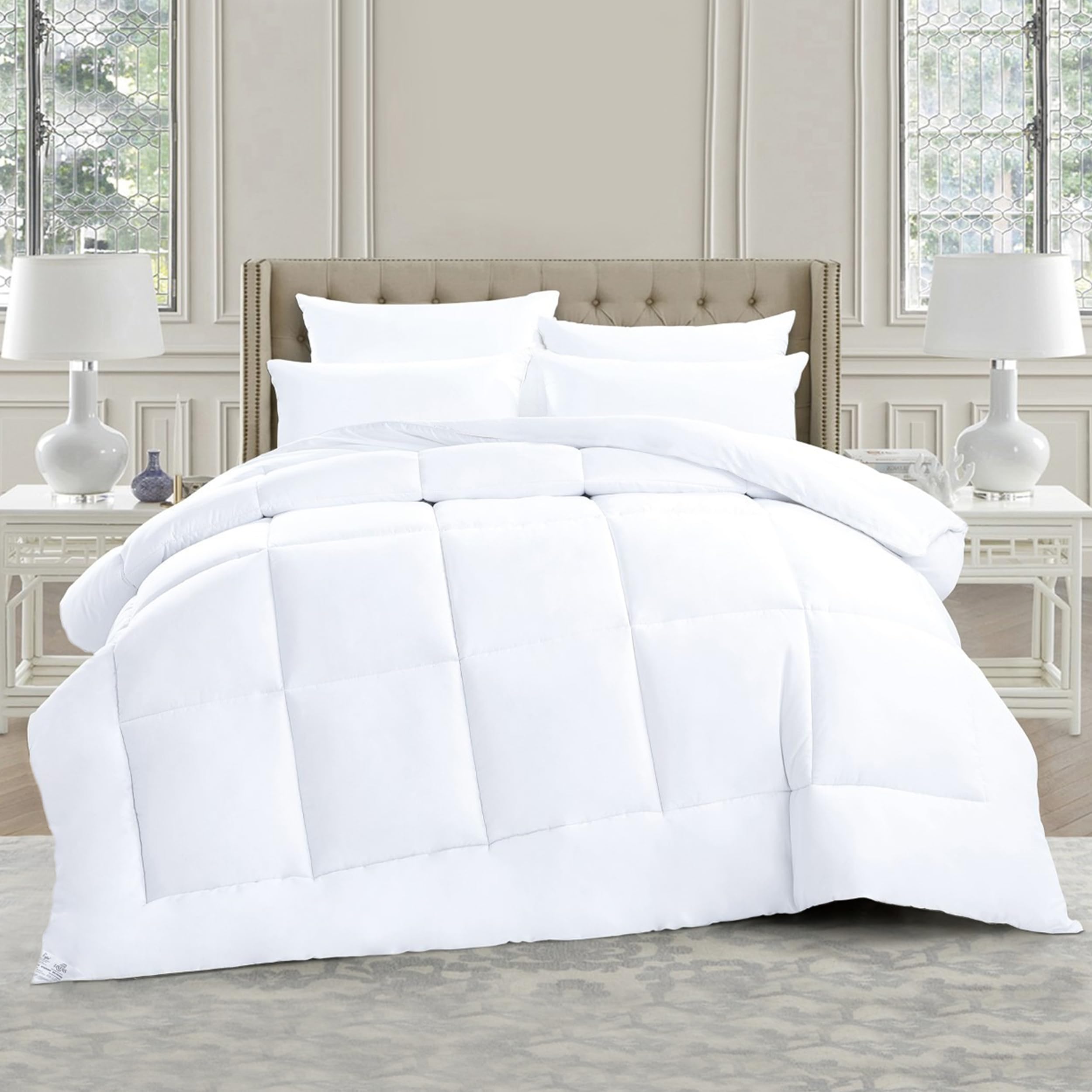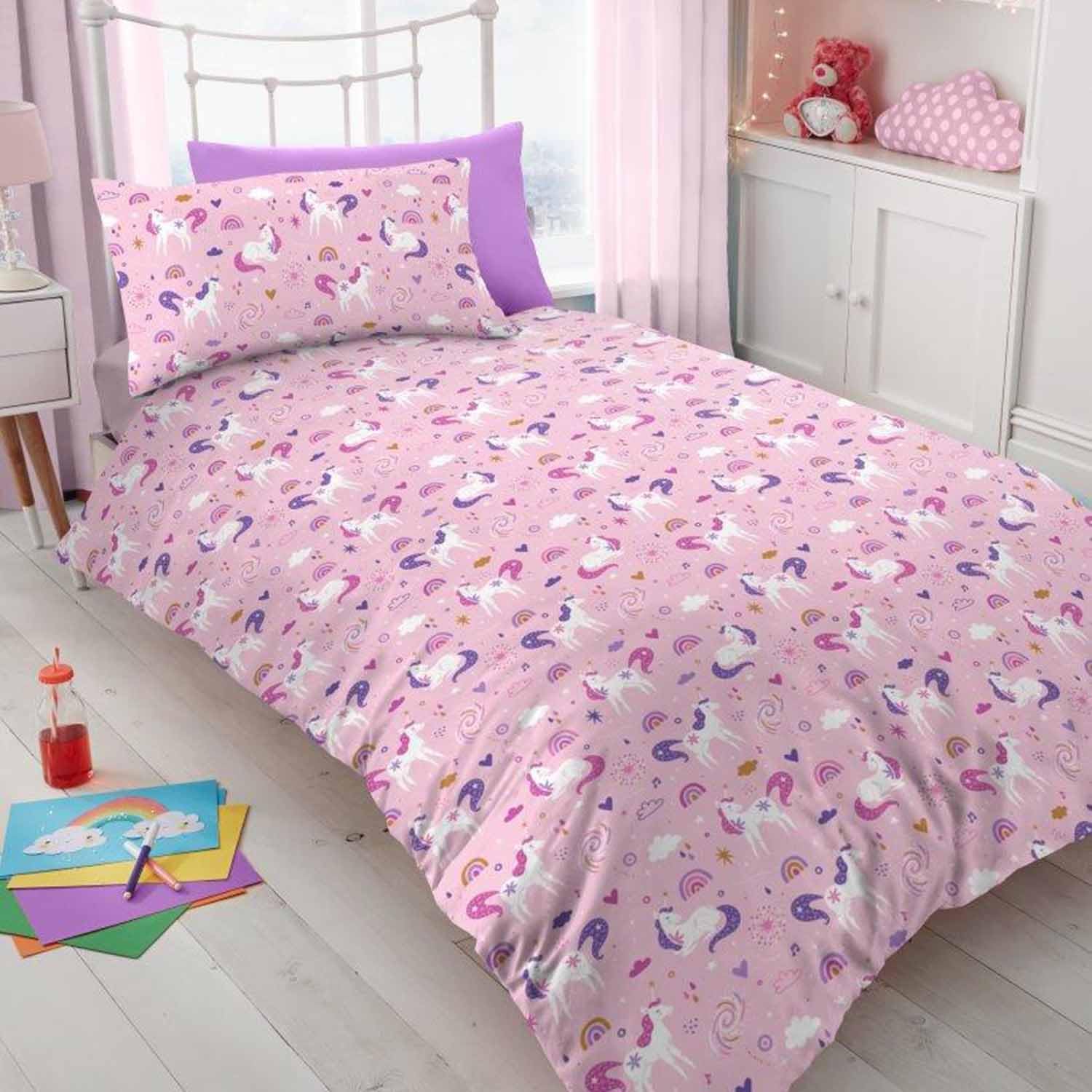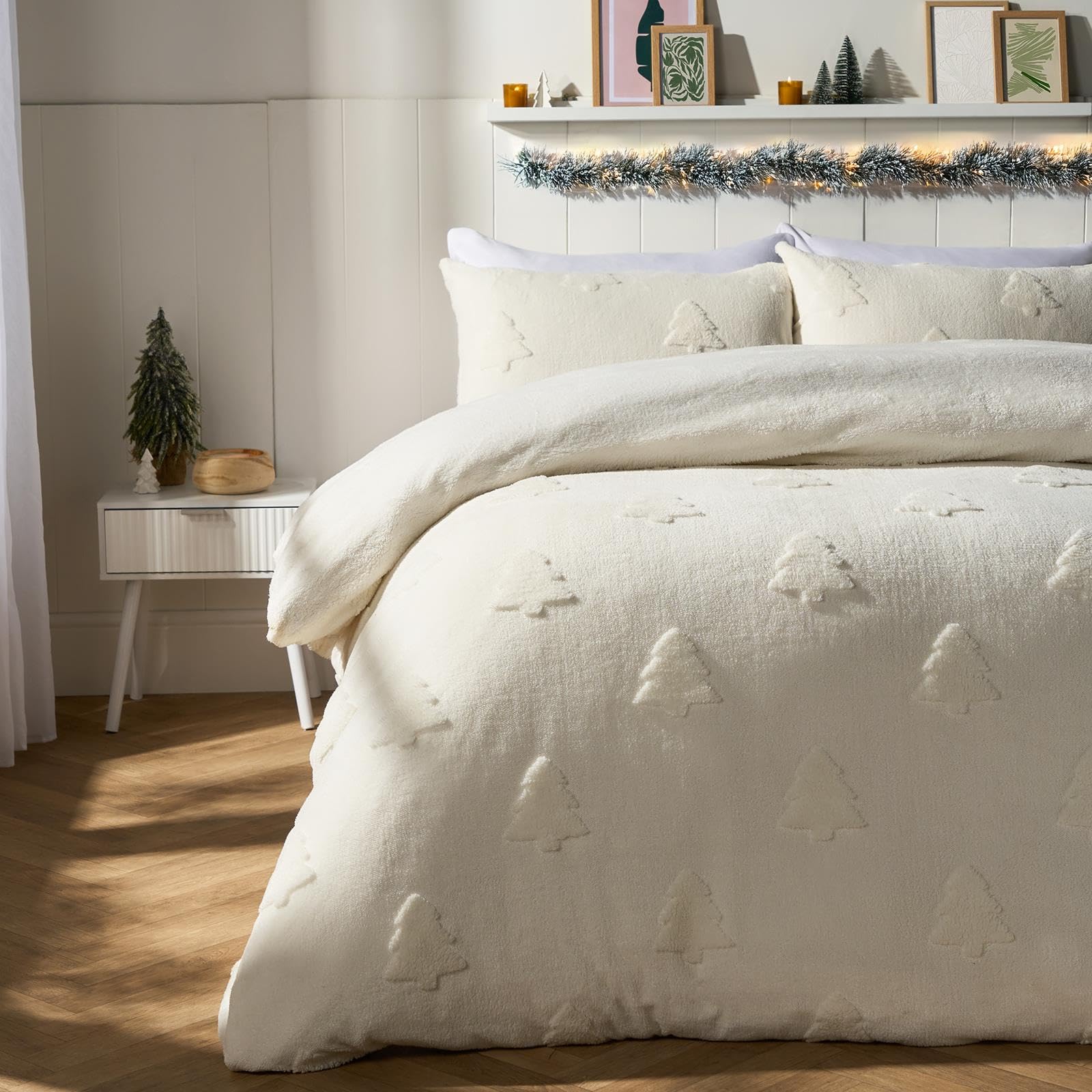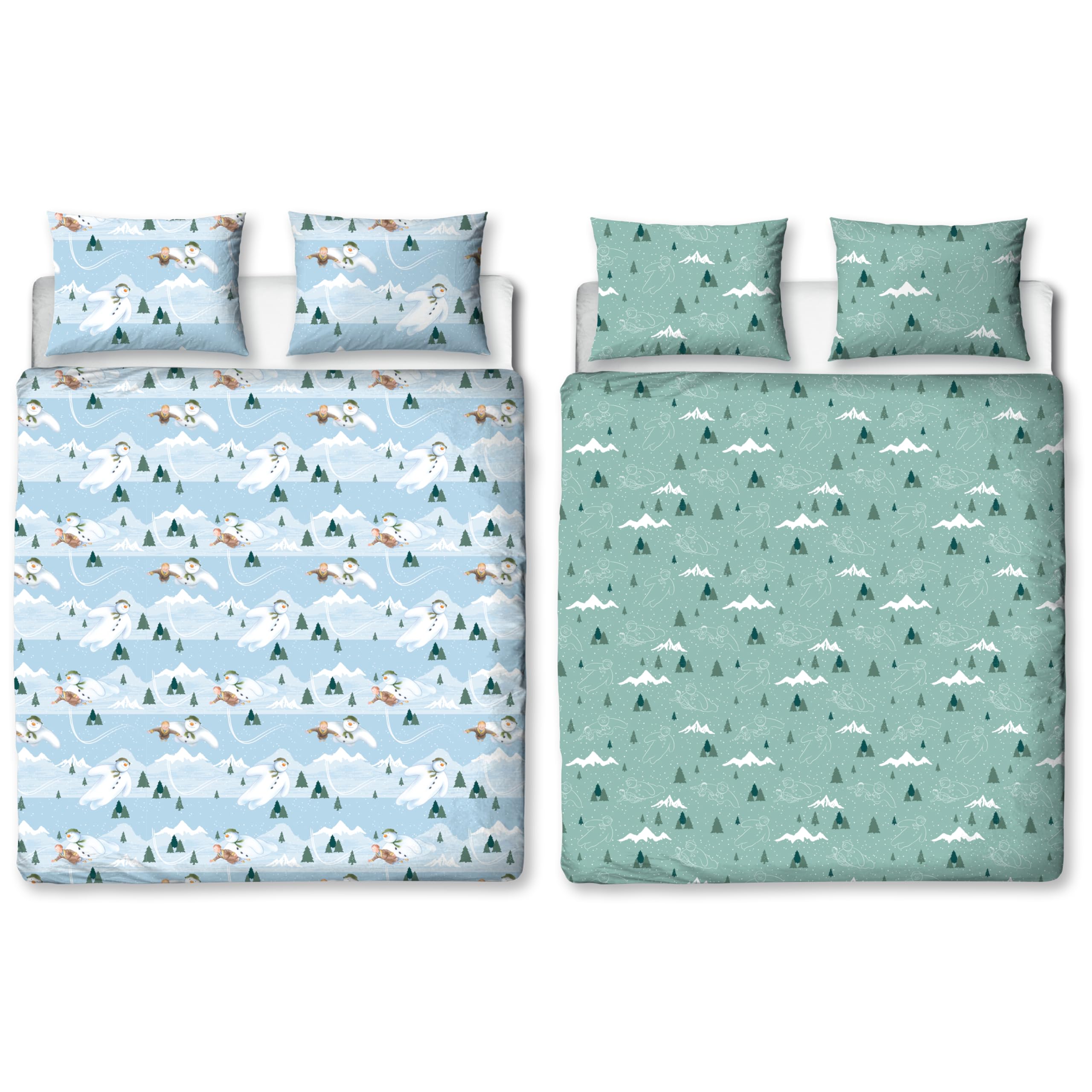Even the right tog can feel too warm if the cover fabric traps heat. Cooling a bed is not only about choosing a lighter duvet. It is also about pairing a breathable insert with a cover that lets air and moisture escape. This UK guide explains how duvet covers change temperature perception, which fabrics stay cooler, and how to build a summer setup that keeps nights calm during warm spells.
Seasonal warmth usually comes from duvets that balance weight and airflow in UK bedrooms.
Why covers matter
Duvet covers sit between you and the fill, so they control how heat and humidity move. A tightly coated polyester cover can block airflow and make any duvet feel stuffy. A breathable cotton percale cover lets air circulate so a 7 or 10.5 tog can feel comfortable in a mild UK summer. If you are fighting warmth despite a low tog, the cover may be the culprit.
Percale vs sateen covers
Percale is a plain weave that feels matte and crisp. It breathes well and does not cling, which helps hot sleepers. Sateen floats yarns and feels smoother with more drape. It is a touch warmer and suits shoulder seasons and winter. Keep both in rotation so you can switch as weather changes. Use percale in summer and sateen when nights cool.
Fabric blend and weight
Choose natural fibres or blends that favour breathability. Pure cotton percale at a sensible thread count stays cooler than heavy poly cotton blends. Lyocell blends can feel smooth and manage moisture well in humid weather. Fabric weight matters too. Very heavy covers add warmth. Lighter, tightly woven fabrics feel cooler and are easier to wash and dry quickly.
Buttons, ties, and movement
Internal corner ties stop the duvet bunching inside the cover, which keeps loft even and reduces hot spots. Buttons that close securely prevent gaps where feet poke through and cool off. Small details like these keep the bed comfortable at lower togs because the duvet stays in position and warmth is spread evenly rather than pooling at the centre.
Build a summer setup
Start with a 4.5 or 7 tog duvet and a cotton percale cover. Use crisp percale sheets and a breathable mattress protector. Keep a light throw at the foot for cooler early mornings. Ventilate the room in the evening or use a fan to move air. This combination means you rarely need to sleep without covers, which helps the body relax while staying cool.
Care for cooler nights
Wash covers weekly in warm weather to remove sweat and oils that make fabric feel clammy. Line dry for a crisp finish or tumble briefly on low. Replace tired covers that have become limp or clingy. Fresh, well woven fabric returns the cool, crisp feel that keeps temperatures comfortable.
Crisp covers and cool sheet sets appear in bed sheets for UK summers, paired with cooler‑feeling duvets. For short evening warmth without raising night temperature, many use heated throws.
FAQs
Which cover fabric is coolest?
Cotton percale at a sensible thread count. It breathes well and does not cling. Lyocell blends are also good in humid rooms.
Why does my low tog duvet still feel hot?
The cover may be trapping heat. Switch to a breathable percale cover and percale sheets, and ventilate the room in the evening.
Do cooling coatings help?
They can feel cool to the touch at first. Lasting comfort comes from airflow and moisture management, which percale and lyocell do well.





